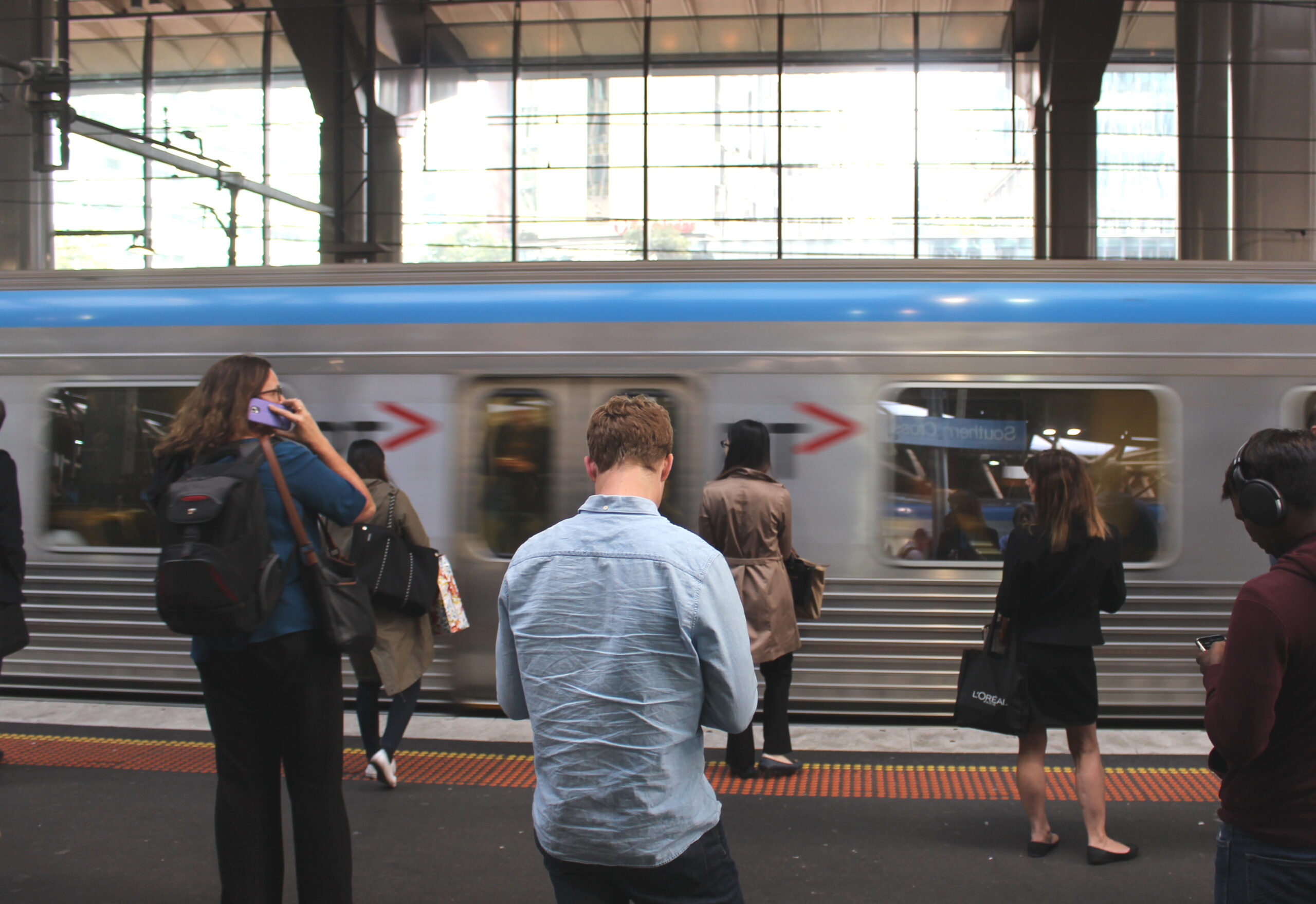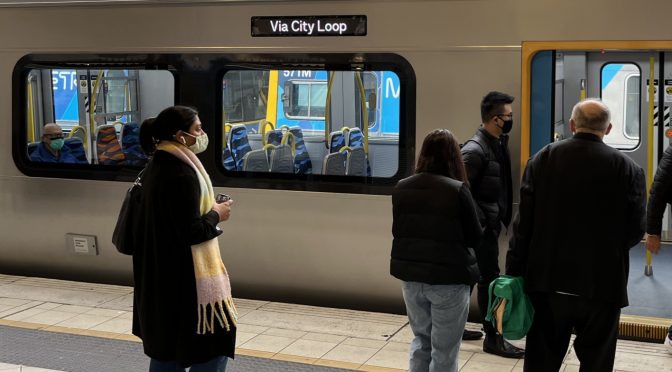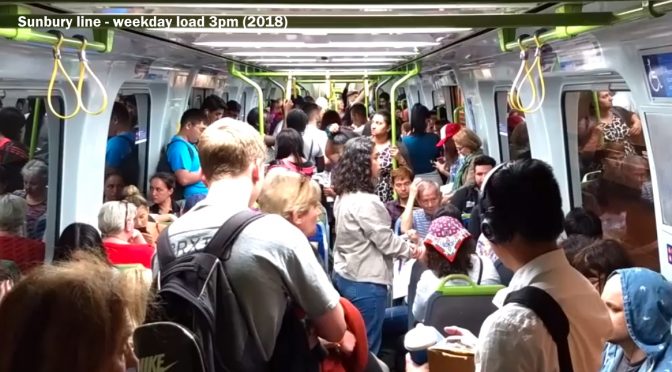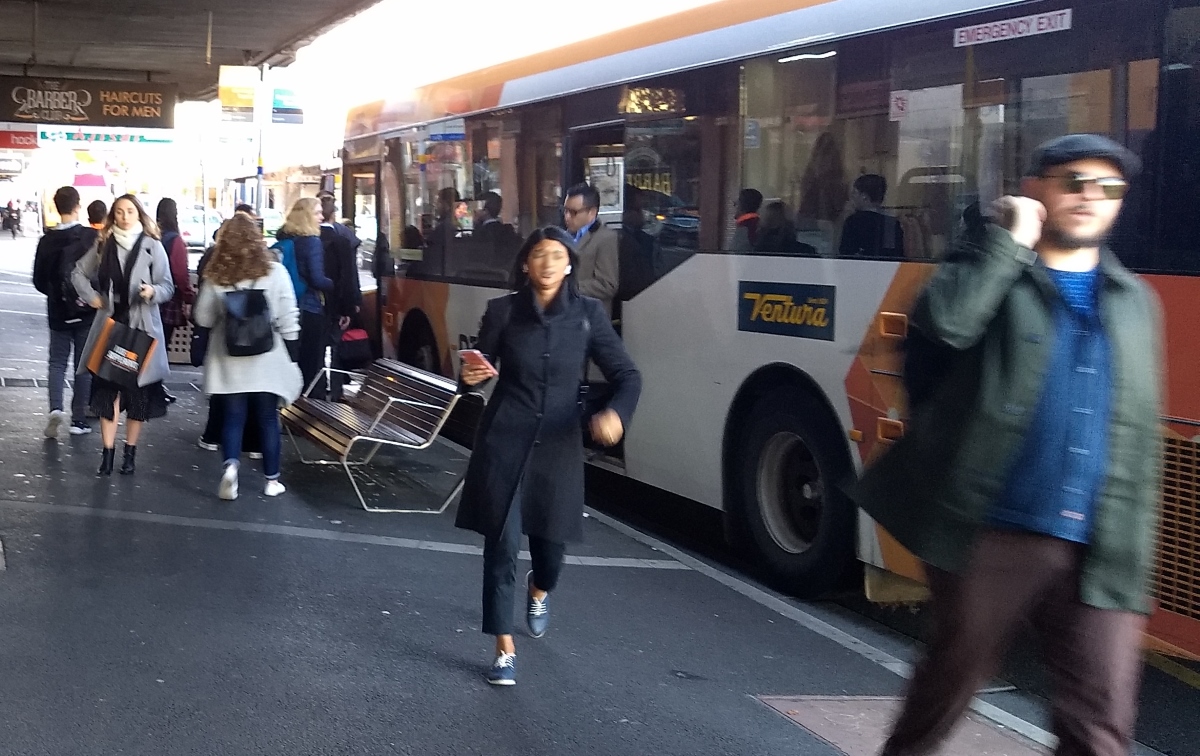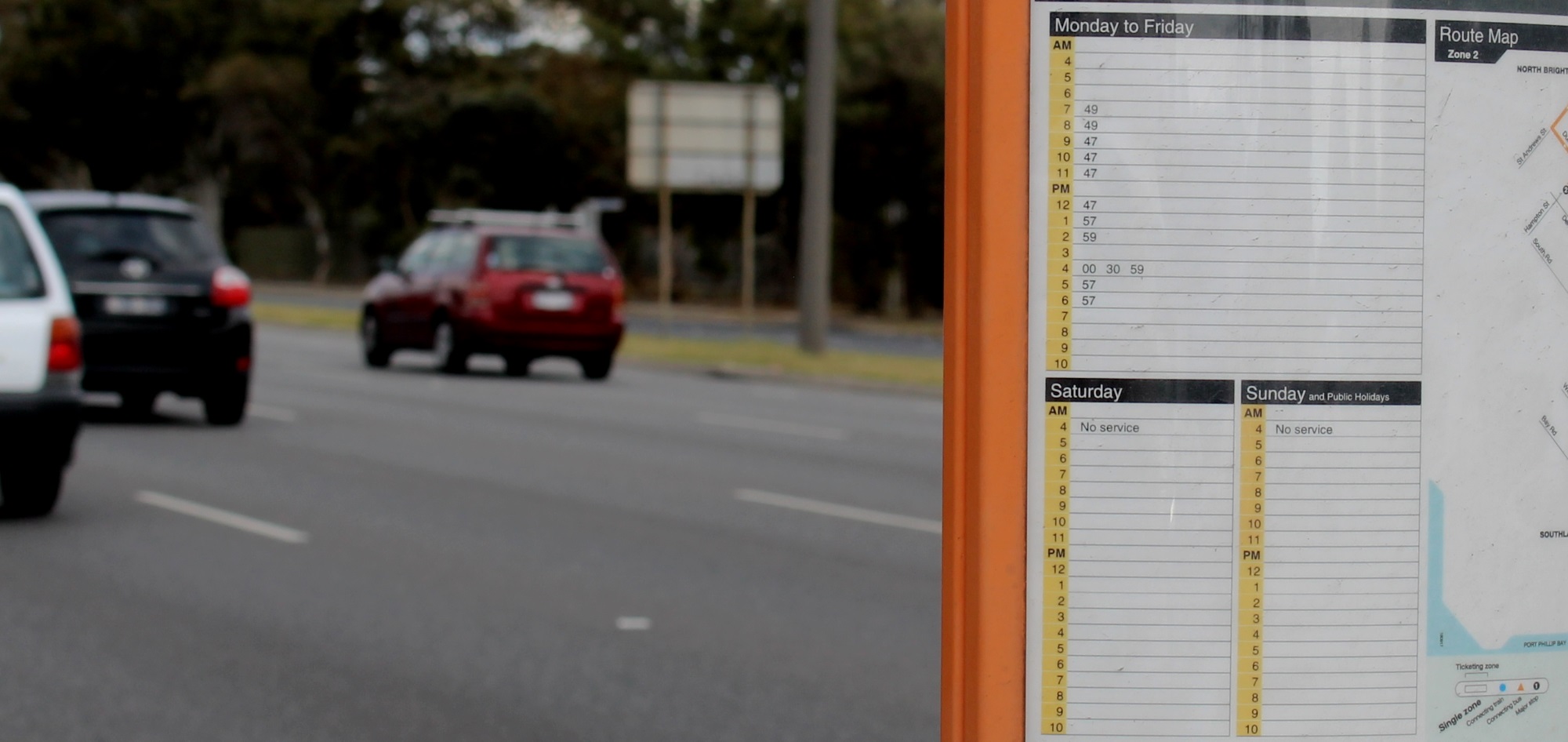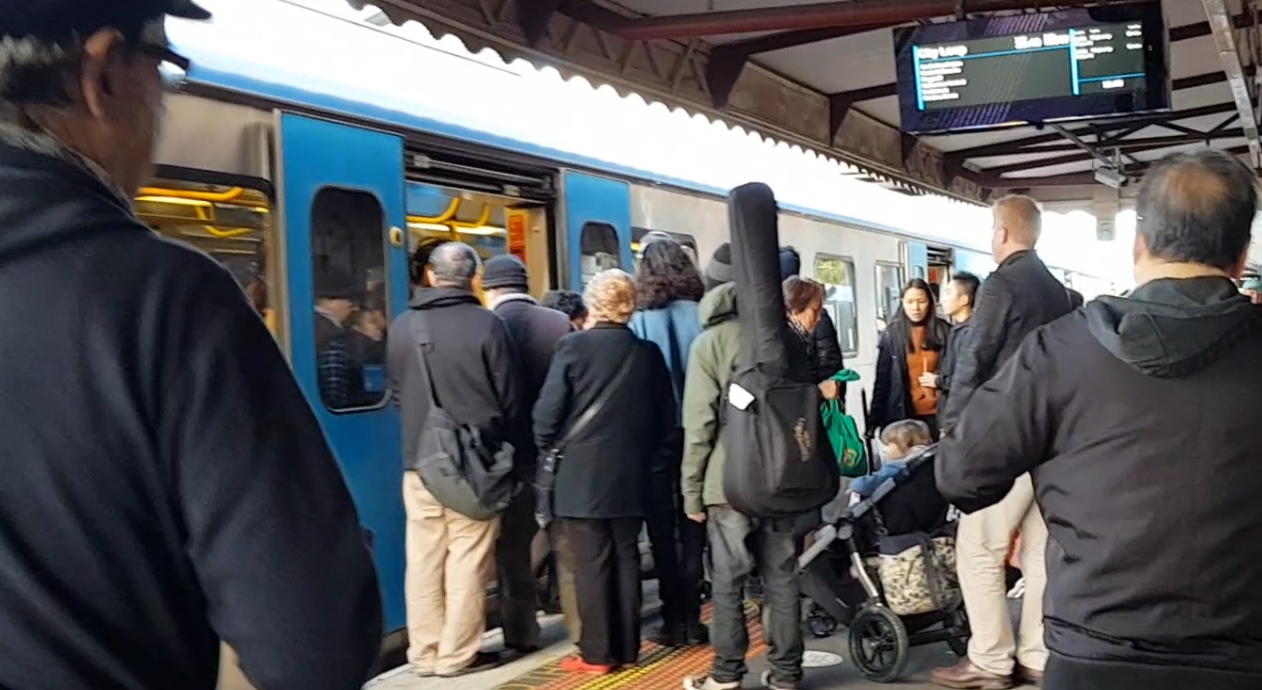Category: Every 10 Minutes to Everywhere
-
Victorians want investment in public transport
Polling released today by the Climate Council shows that Victorians want all levels of government to invest more in public and active transport. The PTUA is supporting the Climate Council’s call for governments to allocate at least 50% of their transport budgets to public transport, and 20% to safe walking and biking infrastructure. 80% of…
-
COVID-19: Public transport timetable boost needed to help stagger trips
The Public Transport Users Association (PTUA) has called on the State Government to boost public transport services across the day as a response to the COVID-19 crisis. A PTUA analysis of train timetables found that on some lines, services and capacity dropped by two-thirds outside peak hour. PTUA spokesperson Daniel Bowen said that as people…
-
Public transport: frequency must improve across the network #MoreServicesPlease
If you look at a map of Melbourne’s public transport network, you’d be right in thinking it’s a substantial service covering most of the city. But it will only attract people out of their cars if service quality is better. Frequency has to improve. With most suburban buses running only every 30-60 minutes, and even…
-
Sunday trains packed #MoreServicesPlease
Melbourne’s trains: you might not expect a seat in peak hour, but on Sunday mornings? Most lines are very infrequent – and they’re packed. Services on the Werribee, Williamstown, Sunbury, Craigieburn, Upfield, Mernda, Hurstbridge and Sandringham lines on Sundays run only every 40 minutes until about 10am, resulting in crowding, while spare trains sit idle…
-
Call for govt to fund official PTV “every 10 minutes” train plan
The Public Transport Users Association (PTUA) has called on the State Government to fund the official PTV rail network service plan, which included trains every 10 minutes on most Metro lines by 2016 [1]. PTUA spokesman Daniel Bowen said the upgrade would revolutionise train travel around Melbourne, by cutting waiting times and crowding outside peak…
-
Waiting for a bus on a weekend/public holiday? Thanks to infrequent services, it may be quicker to walk.
PTUA’s Daniel Bowen wanted to get from East Bentleigh to Southland Shopping Centre on a Sunday afternoon. It’s about 5 kilometres, but the bus only runs once an hour. Might it be quicker to walk? This is a problem with many trips in suburban Melbourne and our big regional cities. Most people who have a…
-
PT Problem of the Day: Lack of frequent services across most of Melbourne
As highlighted in a study released last week, most of Melbourne lacks frequent public transport services. Frequency is often overlooked, but is probably the number one factor in convincing people to get out of their cars and onto public transport. If you have a choice of driving or a public transport service every 30, 40…
-
Frequent services: Trams lead, trains improving, buses still lag
A study of Melbourne public transport timetables shows much of the city is still lagging on providing frequent, easy-to-use services that will encourage people out of cars. PTUA outgoing president Daniel Bowen said that the study confirmed what most Melburnians think – that trams run frequently, trains are a mixed bag, and that most buses…
-
Hidden rail plan uncovered: Some lines to miss out on frequent all-day services
A future rail service plan hidden away in a Rowville Rail study technical document has been uncovered by the Public Transport Users Association (PTUA). The plan is contained in Travel Demand Modelling Draft Report for the Rowville Rail Study[1], and although it emphasises that the plan does “not necessarily represent the actual planned services”, PTUA…
-
Metro’s trains every ten minutes welcomed – more please!
Trains every ten minutes on weekends on the Dandenong, Ringwood and Frankston lines have been welcomed by the Public Transport Users Association (PTUA). PTUA President Daniel Bowen said the proposed services, due to start in late-April[1], would be a good step towards more frequent train services, seven days-a-week, that would encourage people out of cars.
-
Eastern train service off track
Services on the Belgrave, Lilydale, Alamein and Glen Waverley lines are still operating below acceptable standards outside peak hours according to the Public Transport Users Association (PTUA), which has called for all political candidates to commit to upgrading services. “Trains should operate every 10 minutes from 6am to midnight seven days-a-week, bringing train services up…
